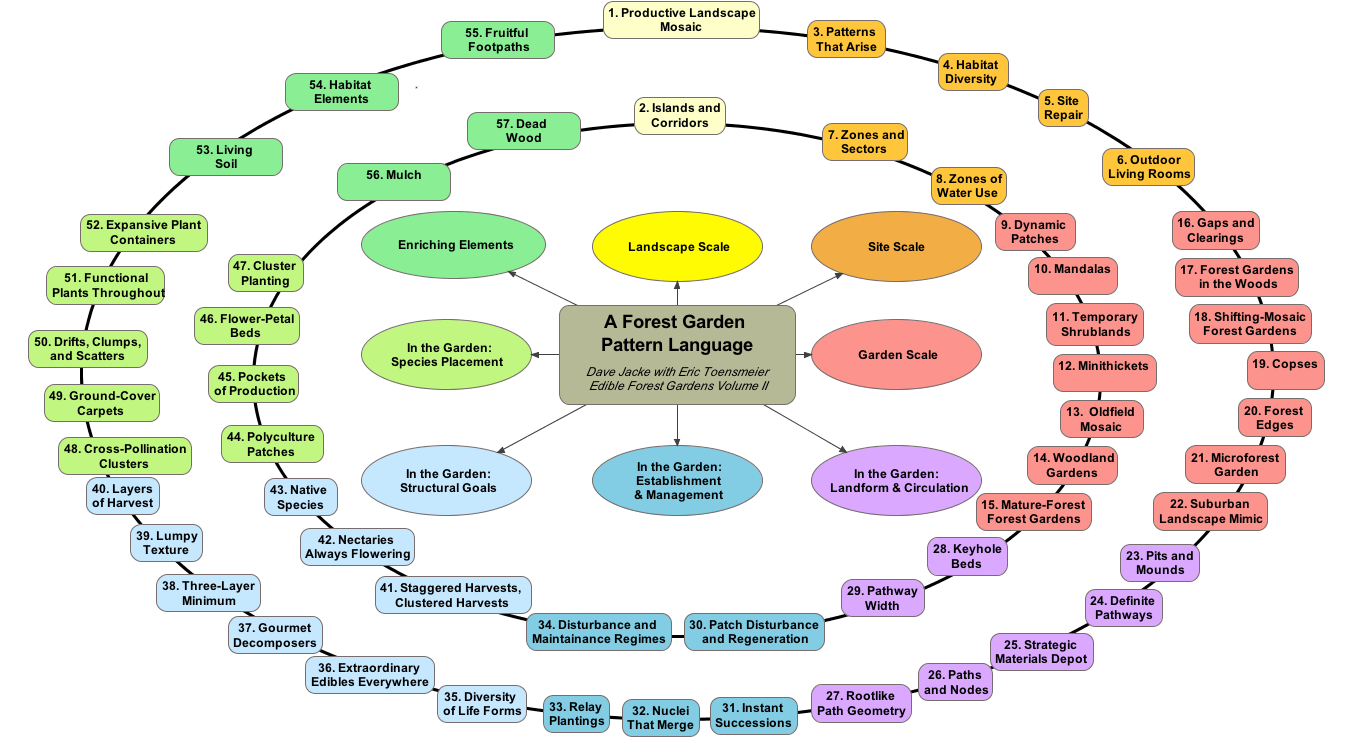
Are you interested in finding a piece of land to steward, manage, farm on and grow with for the next 1-10 years? Would you like to start an agricultural enterprise or educational farm without the challenges of purchasing land? Appleseed Permaculture is glad to announce our new project, AppleSeed Land Managers.
- Grow food
- Build community
- Regenerate their local ecosystems
- Grow food, community, & local ecosystems
- Build their skills and experience with land management  & eco-agricultural enterprises
- Develop long-term relationships with the land and local professional network
Essentially, we build symbiotic relationships that put people on the land and generate multiple forms of capital for everyone involved.  Land managers will receive compensation for their services, and land owners will achieve returns on their investments in financial, material, living, social, or cultural forms of capital. We are building this match-making service to meet the parallel unmet needs we’ve encountered among our design clients, our students, and our colleagues in the permaculture and organic farming communities. We invite you to be among the first people who try a new approach to meeting property management and development needs by engaging in the AppleSeed Land Managers process.
The types of people we’d like to engage as land managers are bright eyed, bushy-tailed, self-starter, situationally aware, go-get-‘em, positive, grateful, dependable, perseverant, clear-communicating, whole-systems thinking, and committed to personal growth and development. They have specific experience in permaculture, organic farming, or social entreprenurship. As of Spring 2012, we are looking to find one couple or family and two individuals (one farmer and one farm educator) to fill specific positions in the northeast USA.
- You submit a resume and online application
- We conduct a preliminary phone interview with you
- We conduct an in-person interview with you
- We invite you to join Appleseed Permaculture for trial work day(s)
- We give you specific feedback and ask you to re-apply in the future
- OR
- We invite you to join our Land Managers Network!

Once you’re fully enrolled in our network, we will work with you to discover and outline your specific wants and preferences regarding land and a relationship with a land owner. From then on, we will pursue contacts with land owners on your behalf until we find a prospective match for you!  Finally, we will support you in the process of forming new relationships with the land and the land owners. This includes:
- Understanding and developing a well-articulated vision and plan for the land
- Business planning for eco-agricultural enterprises
- Creating clear written legal agreements between land owners and land managers
- Receiving continued mentoring from AppleSeed Permaculture staff
As the first wave of applicants to our Land Managers Network, you’ll have the opportunity to help us streamline and grow our new process.
We look forward to meeting you and networking on your behalf,
The Appleseed Team
Download the application questionnaire here:Â Land Managers Application





